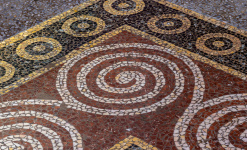Bronze Age (4 000 – 2 000 years BC)








The Bronze age was a time of great changes, revolutionary technological discoveries and migrations of peoples. Starting from the end of the V Millennium BC on the Southern limits of Northern Eurasia, and in III and II Millennium BC – at the North, it was marked by the spread of the bronze metallurgy, skills of processing copper, gold and silver.
Ornaments of the objects of these eras (bronze and early iron age) were used in decoration of these respectful (4 and 5) halls.





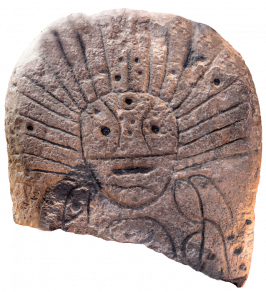



















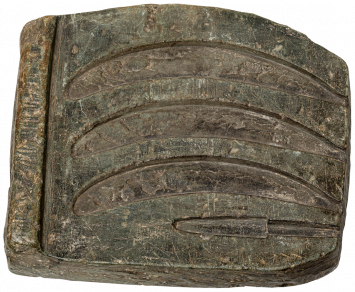












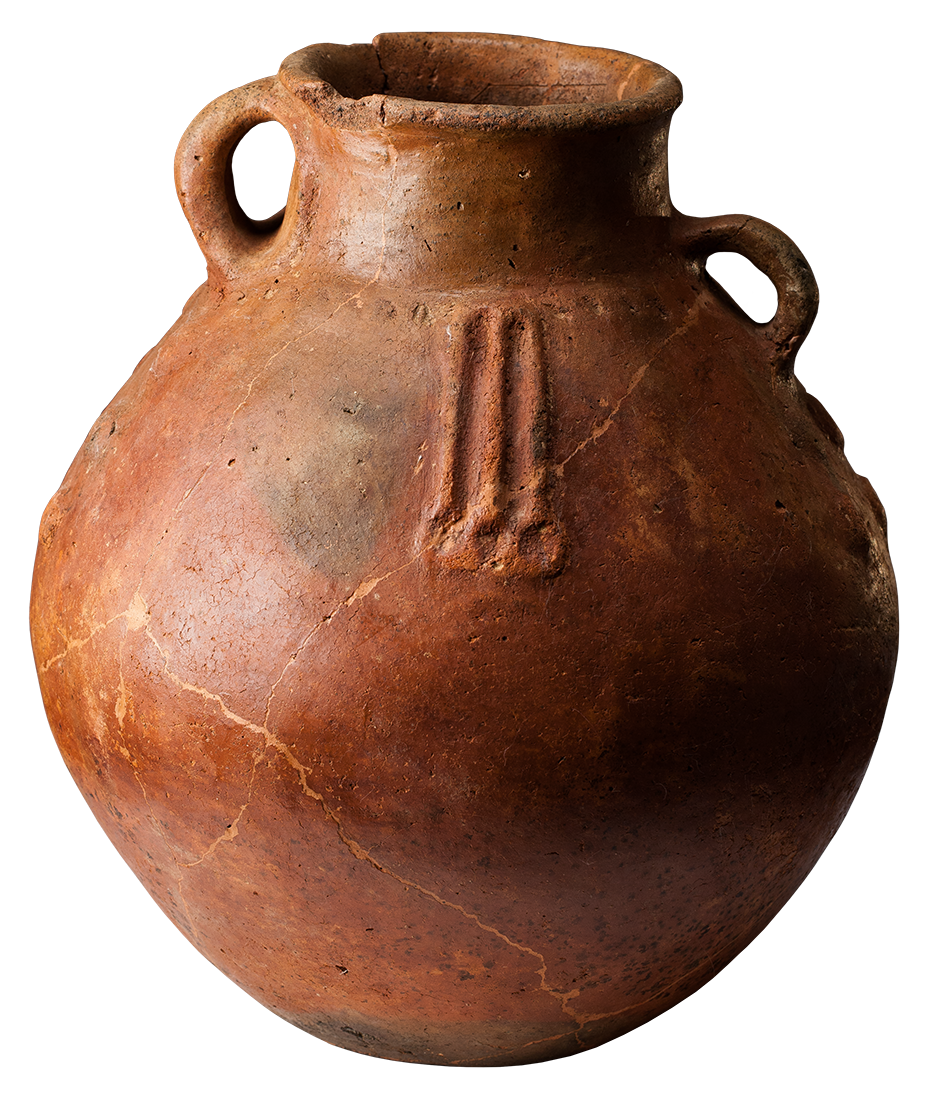
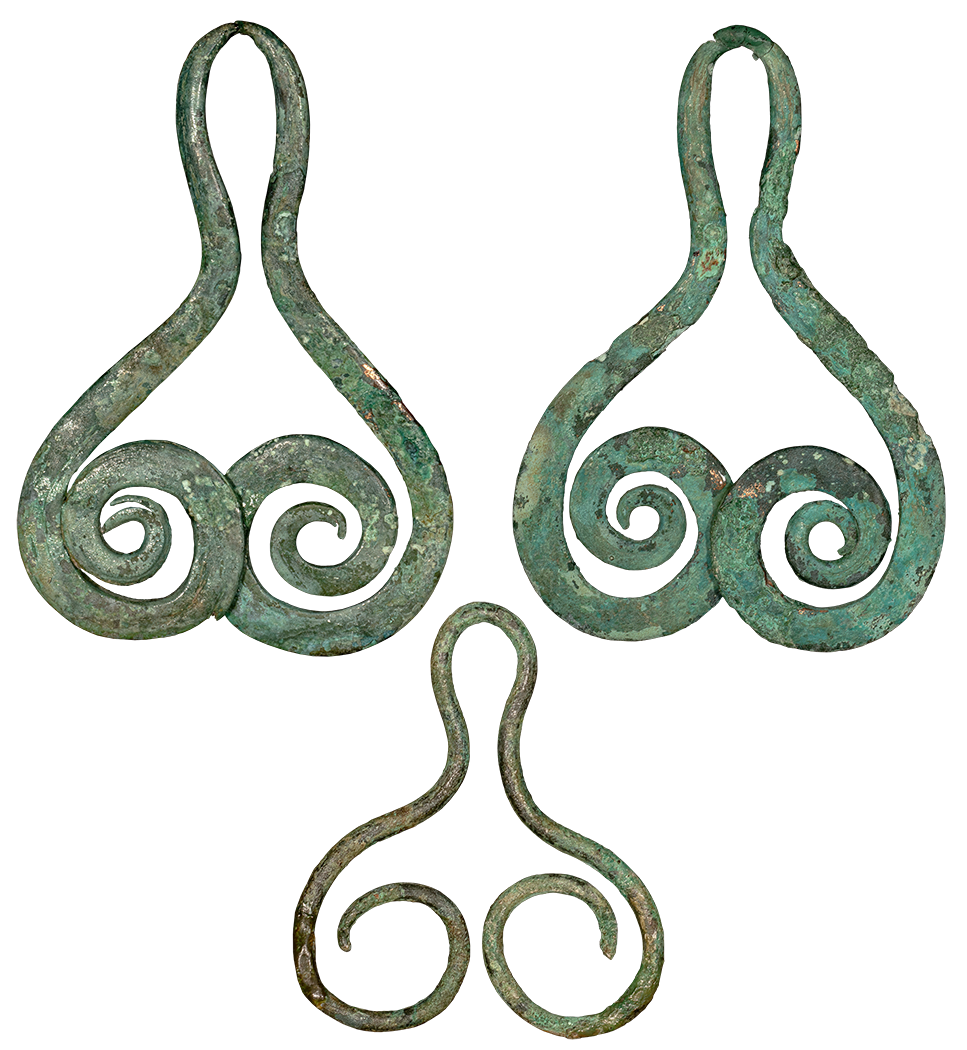


The architecture and artistic design of this hall was made by Alexander P.Popov, who selected drawings of the most striking ornaments and images from archaeological objects of very different eras: the end of the Bronze Age; the early Iron Age and the early Middle Ages on the territory of the Russian Empire.
The geometric pattern and images of ducks on one of the platbands in the hall were borrowed from bronze bracelets found in the mounds of St.Petersburg Province.
Platbands of other window with stylized seahorses repeats a pattern of subjects from barrows of the Vladimir and Yaroslavl Provinces. The finials in the shape of swans on the third window copy images of finds from Smolensk Province.
The decor of the wide cornices of the walls and mosaic floor use motifs of found in Siberia daggers and bronze products from Merya and Muroma mounds.
On the casing of the doorway leading from hall #3 is a twisted pattern from the monuments of Caucasus.
Decorative ornament of arched doorways in the next room copies the drawings from the silver frame of Aurochs horns – rhytons (hall #8) from the "Black grave" burial mound in Chernigov, examined in 1872–1873. Platbands are crowned with images of eagles from a metal pendant, found in the early 1850s in one of the mounds of Suzdal County.





